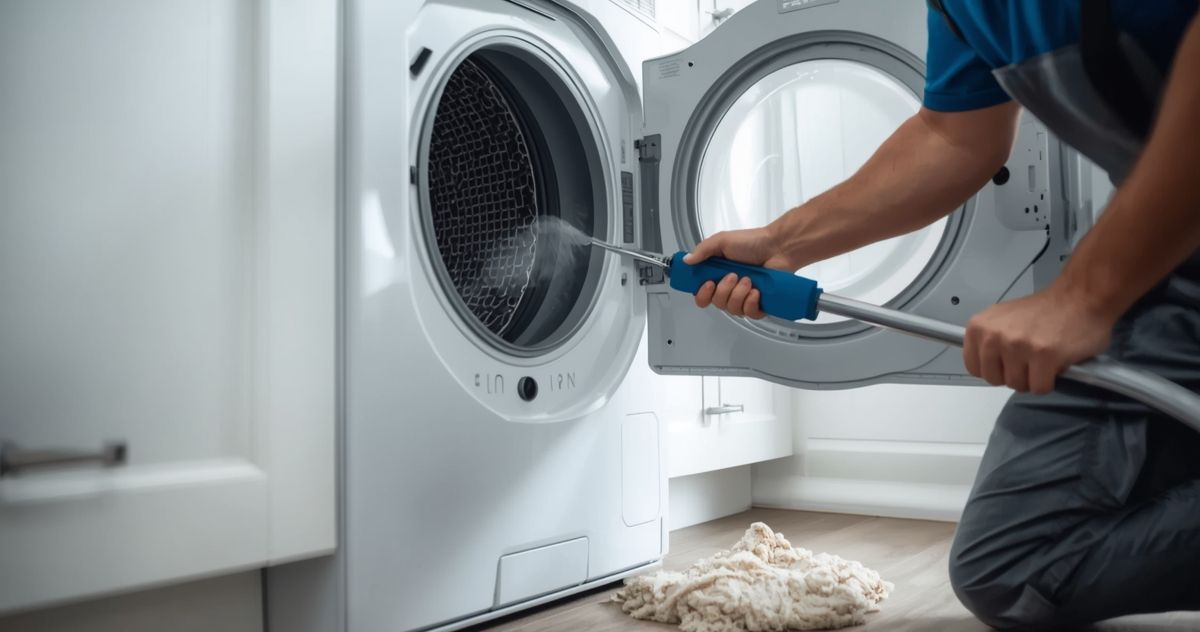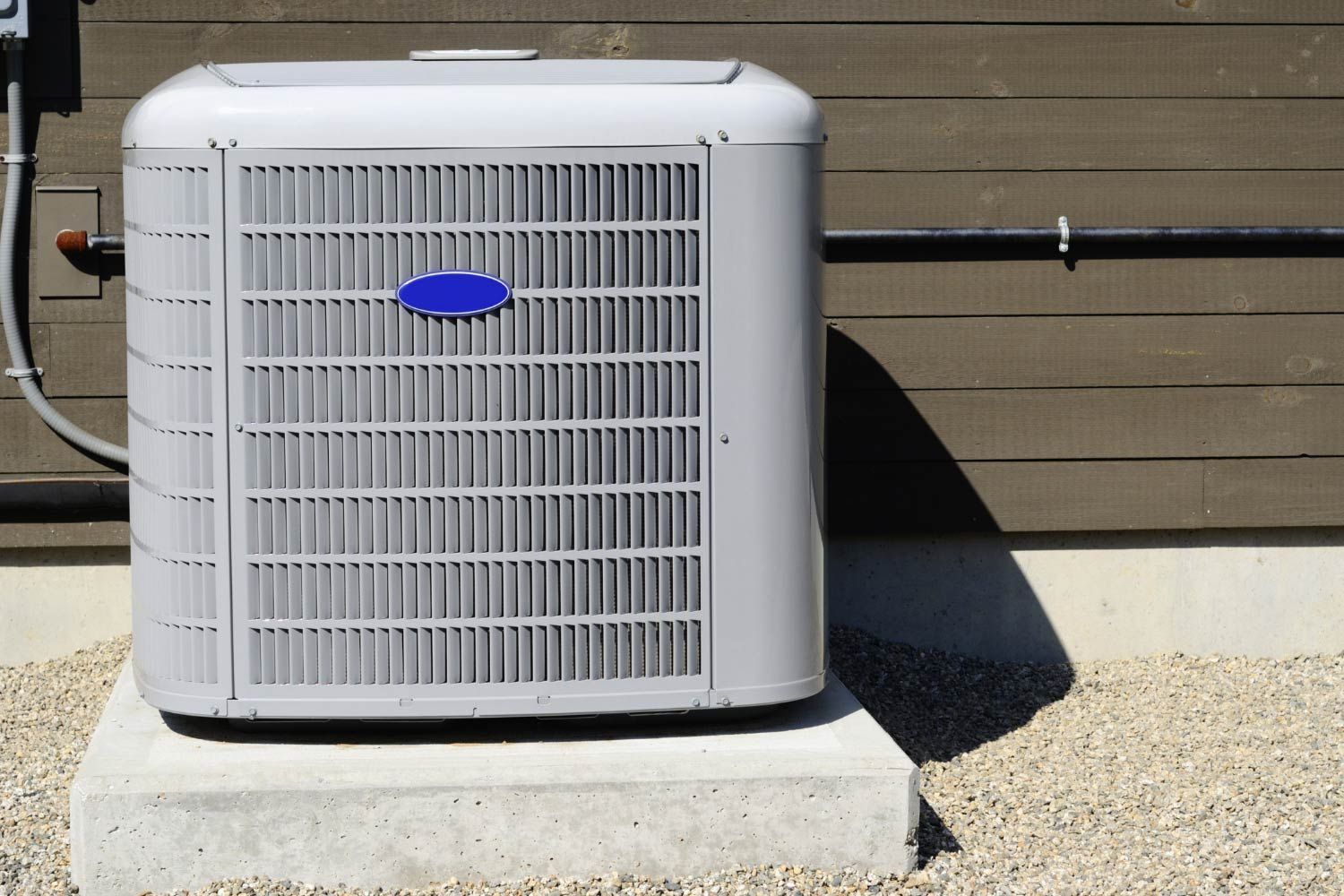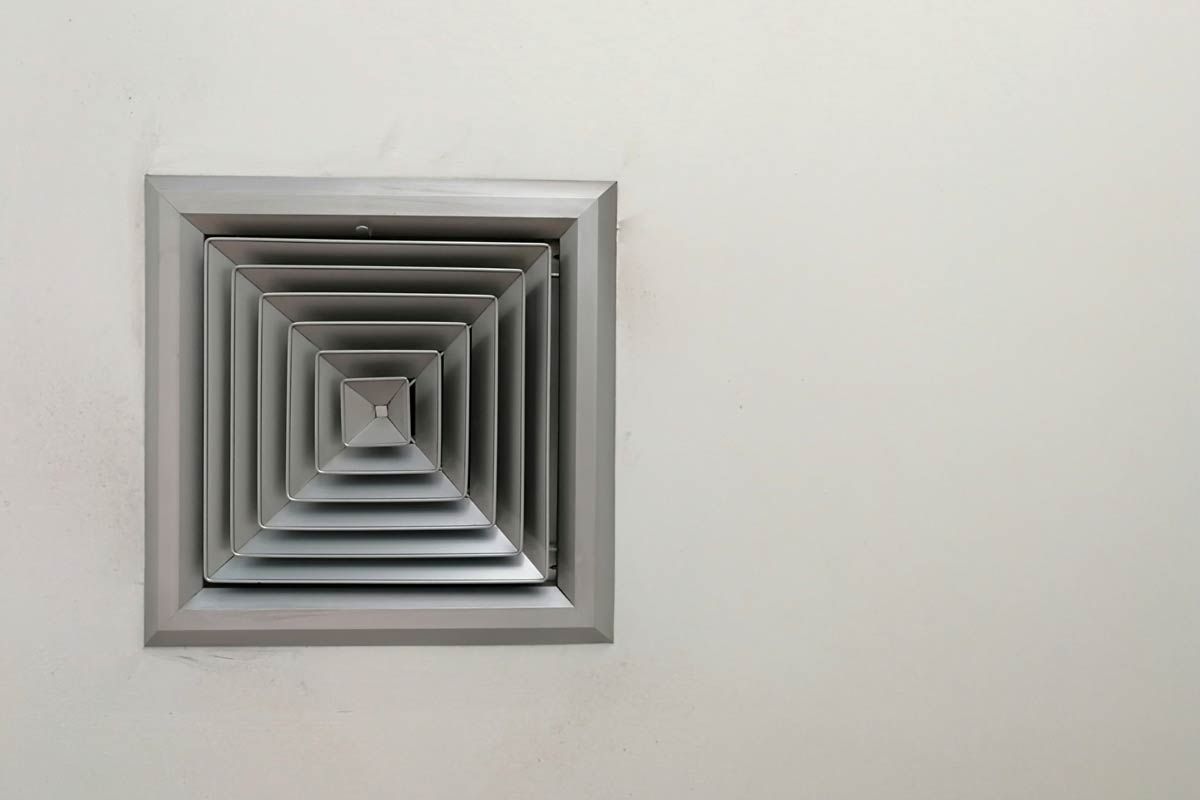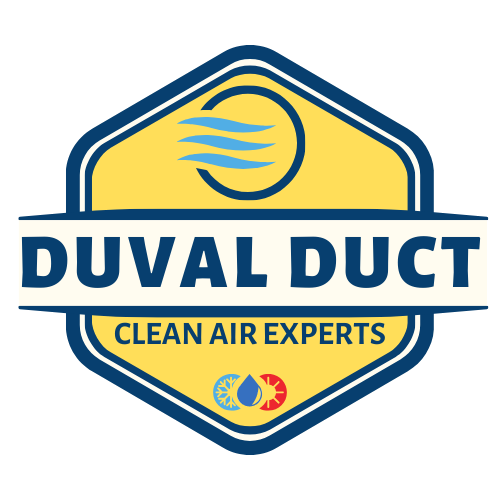When Is the Best Time to Clean a Chimney? Complete Guide
A clean chimney is essential for the safety, efficiency, and longevity of your home’s heating system. Over time, soot, creosote, and debris can build up inside your chimney, creating fire hazards, reducing airflow, and even causing unpleasant odors. But when exactly should you clean your chimney to keep your home safe and your fireplace running efficiently? This complete guide breaks down the best timing, frequency, and tips for chimney maintenance.
Why Chimney Cleaning Is Important
Chimneys serve as the primary exhaust for smoke, gases, and combustion byproducts from your fireplace, stove, or furnace. Without regular cleaning:
- Fire Risk Increases: Creosote, a sticky substance formed from burning wood, can ignite and cause dangerous chimney fires.
- Reduced Efficiency: Soot buildup can block airflow, making your heating system work harder.
- Health Concerns: Accumulated debris and mold can worsen indoor air quality, triggering allergies or respiratory problems.
- Structural Damage: Moisture trapped in soot and creosote can damage bricks, mortar, and flue liners over time.
Chimney Cleaning Cost in 2025
The cost of chimney cleaning can vary depending on your location, chimney type, and the level of buildup. Here’s a detailed breakdown:
| Service Type | Typical Cost Range | Notes |
|---|---|---|
| Basic Chimney Cleaning | $100 – $200 | Includes removal of soot and light creosote for standard fireplaces. |
| Heavy Creosote or Fire Damage Cleaning | $200 – $400 | Required for chimneys with thick buildup or after minor chimney fires. |
| Chimney Inspection | $75 – $150 | Often recommended along with cleaning; includes checking for blockages, cracks, or structural damage. |
| Cap Installation or Minor Repairs | $150 – $500 | Additional costs if your chimney needs a new cap, crown repair, or flashing work. |
Factors That Affect Chimney Cleaning Costs
- Chimney Height and Accessibility – Taller or hard-to-reach chimneys may increase labor costs.
- Type of Fuel Used – Wood-burning fireplaces typically accumulate more creosote, requiring more effort.
- Frequency of Cleaning – Longer intervals between cleanings lead to heavier buildup, raising costs.
- Local Labor Rates – Professional rates vary by city or region.
- Additional Services – Inspection, repair, or cap installation adds to the total cost.
Signs Your Chimney Needs Cleaning
Even if you follow a regular schedule, watch for these signs:
- Smoke enters the room instead of going up the chimney.
- Strong, unpleasant odors from the fireplace or chimney.
- Soot or creosote buildup visible inside the firebox.
- Animals, nests, or debris inside the chimney.
- Your last professional cleaning was over a year ago.
Best Time to Clean a Chimney
Proper timing is crucial for safe and efficient chimney maintenance. Cleaning your chimney at the right time helps prevent fire hazards, improves airflow, and extends the life of your fireplace. Here’s when you should schedule a chimney cleaning:
1. Before the Heating Season
- Ideal Timing: Late summer to early fall.
- Reason: Ensures your chimney is clean and safe before the cold season when fireplaces are used most. It helps prevent unexpected fire hazards during peak usage.
2. After Heavy Usage
- Ideal Timing: Winter or spring, after months of frequent fireplace use.
- Reason: Fireplaces that are heavily used accumulate more soot and creosote, which can be removed before causing damage or odor problems.
3. After Burning Unseasoned Wood
- Reason: Burning green or unseasoned wood produces more creosote. If you’ve used such wood, cleaning sooner rather than later is wise.
How Often Should You Clean Your Chimney?
The frequency of chimney cleaning depends on how often you use your fireplace and the type of fuel you burn. Proper cleaning helps prevent soot and creosote buildup, which can cause chimney fires or smoke problems.
| Type of Use | Fuel Type | Recommended Cleaning Frequency |
|---|---|---|
| Occasional Use | Wood | Every 2–3 years |
| Regular Use | Wood | Once a year |
| Any Use | Gas or Pellet | Every 1–2 years (inspection may be sufficient) |
Key Points:
- Wood-burning fireplaces need more frequent cleanings due to creosote buildup.
- Gas and pellet fireplaces produce less residue, so inspections may be enough in some cases.
- Heavy usage, especially with unseasoned wood, may require cleaning more often than the recommended intervals.
DIY vs. Professional Chimney Cleaning
Cleaning a chimney can be done either by yourself or by hiring a professional. Here’s how the two options compare:
| Feature | DIY Cleaning | Professional Cleaning |
|---|---|---|
| Cost | Lower, more budget-friendly | Higher, depends on service and chimney size |
| Tools & Equipment | Requires brushes, rods, vacuums | Provided by the technician |
| Thoroughness | May miss creosote or soot buildup | Complete and thorough cleaning |
| Safety | Higher risk of falls, soot inhalation | Safer, handled by trained professionals |
| Convenience | Can be done on your schedule | Requires appointment |
| Additional Benefits | Hands-on control | Professionals can spot structural issues and fire hazards |
Tips to Maintain a Clean Chimney
Keeping your chimney clean between professional cleanings helps prevent fire hazards, improve efficiency, and extend the life of your fireplace. Here are some effective maintenance tips:
- Burn Seasoned Wood Only: Avoid green or wet wood, which produces more creosote and smoke.
- Use a Fireplace Screen: Prevents ash and embers from escaping into your living area.
- Regularly Remove Ash: Clean ashes after every few uses to maintain airflow and prevent buildup.
- Schedule Annual Inspections: Even if the chimney looks clean, a professional inspection can detect cracks, blockages, or early signs of damage.
- Keep the Damper Closed When Not in Use: Helps prevent drafts, debris, and pests from entering the chimney.
- Install a Chimney Cap: Protects against rain, animals, and leaves, reducing the chance of blockages.
- Monitor for Smoke or Odors: Strange smells or excess smoke may indicate creosote buildup or a blockage that needs cleaning.
Environmental & Safety Considerations
Proper chimney maintenance is not just about performance, it’s also about safety and environmental responsibility. Keep these key points in mind:
- Prevent Fire Hazards: Creosote buildup is highly flammable. Regular cleaning significantly reduces the risk of chimney fires.
- Protect Indoor Air Quality: Dust, soot, and smoke can affect your health. Routine cleaning and inspections help maintain safe indoor air.
- Dispose of Ashes Responsibly: Store cooled ashes in a metal container and keep them away from flammable materials. Avoid spreading them near gardens or dry areas.
- Use Eco-Friendly Cleaning Products: If chemical cleaners are needed, choose biodegradable, non-toxic options to minimize environmental impact.
- Prevent Wildlife Intrusion: Chimney caps and screens protect both your home and local wildlife from getting trapped or entering the flue.
- Follow Professional Safety Measures: Professional chimney cleaners wear protective gear and follow strict safety protocols to prevent accidents and reduce exposure to harmful debris.
Final Thoughts
The best time to clean your chimney is before the heating season, with additional cleanings as needed based on usage and fuel type. Regular cleaning not only ensures your fireplace operates efficiently but also protects your home and family from fire hazards and poor indoor air quality.
Whether you choose DIY methods or professional services, keeping a clean chimney should be a part of your annual home maintenance routine. Schedule a professional chimney inspection and cleaning today to keep your home safe and cozy all year long.
Frequently Asked Questions
How often should I clean my chimney?
The frequency depends on usage and fuel type. Wood-burning fireplaces used regularly should be cleaned once a year, while occasional wood use may only require cleaning every 2–3 years. Gas or pellet fireplaces generally need cleaning every 1–2 years, often just an inspection.
What is the best time of year to clean a chimney?
The ideal time is late summer to early fall, before the heating season begins. Cleaning then ensures your chimney is safe and ready for heavy use in the winter.
Can I clean my chimney myself?
Yes, DIY cleaning is possible with the right tools, but it carries safety risks. Professionals provide thorough cleaning, can spot structural issues, and reduce fire hazards. DIY is more cost-effective but may miss creosote buildup.
How much does chimney cleaning cost?
Prices vary depending on chimney size, type, and location. On average, professional cleaning ranges from $150 to $300, with inspections sometimes included. Costs may be higher for older chimneys or those with heavy buildup.
What are the risks of not cleaning a chimney?
Neglecting chimney maintenance can lead to creosote buildup, which is highly flammable, increasing the risk of chimney fires. It can also cause smoke damage, poor indoor air quality, and structural damage over time.
How can I maintain a clean chimney between professional cleanings?
Burn only seasoned wood, remove ashes regularly, keep the damper closed when not in use, use a chimney screen, and schedule annual inspections. Installing a chimney cap also helps prevent debris and wildlife intrusion.
Are chimney cleaners environmentally friendly?
Professional cleaners often follow safety and environmental protocols. If chemical cleaners are used, choose biodegradable, non-toxic products to minimize impact. Proper disposal of ashes also protects the environment.



